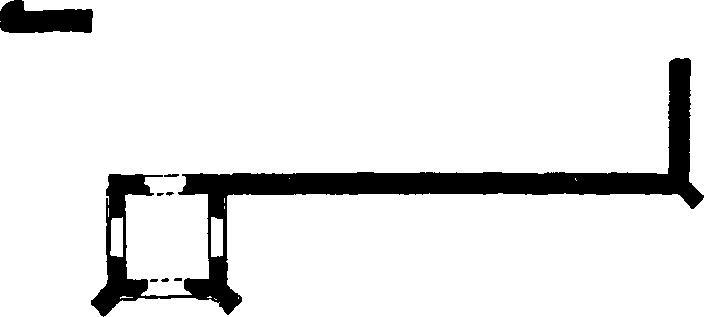An Inventory of the Historical Monuments in Essex, Volume 3, North East. Originally published by His Majesty's Stationery Office, London, 1922.
This free content was digitised by double rekeying. All rights reserved.
'Mistley', in An Inventory of the Historical Monuments in Essex, Volume 3, North East(London, 1922), British History Online https://prod.british-history.ac.uk/rchme/essex/vol3/p184 [accessed 10 May 2025].
'Mistley', in An Inventory of the Historical Monuments in Essex, Volume 3, North East(London, 1922), British History Online, accessed May 10, 2025, https://prod.british-history.ac.uk/rchme/essex/vol3/p184.
"Mistley". An Inventory of the Historical Monuments in Essex, Volume 3, North East. (London, 1922), British History Online. Web. 10 May 2025. https://prod.british-history.ac.uk/rchme/essex/vol3/p184.
In this section
72. MISTLEY. (E.b.)
(O.S. 6 in. xx. S.W.)
Mistley is a parish and village on the S. side of the Stour estuary, adjoining Manningtree on the E.
Ecclesiastical
(1). Church of St. Mary, now in ruins, stands about 1 m. S.E. of the modern church. The walls are of flint and septaria-rubble, with dressings of limestone. There is little evidence of the date of the main building, but the South Porch was built c. 1500. The church became ruinous in the 17th or early in the 18th century, and now consists only of the lower parts of the former E. wall, most of the S. wall, the S. porch and a fragment further W., which may be the W. end of the N. wall or part of a former W. tower.

The Church, Plan
Architectural Description—The Chancel and Nave (85 ft., including fragment, by 19 ft.) have no remaining details.
The South Porch, built c. 1500, has a moulded plinth with flint-inlay panels having capital letters (Plate, p. 133) RA, DAE, D, DMD, RA. The S. front with the buttresses has traceried panels inlaid with knapped flint. The buttresses have sunk panels with cusped and crocketed heads. The outer archway is two-centred and of three moulded orders, the inner and the label resting on attached shafts with moulded capitals and bases; the moulded label is double, the outer one enclosing a square head with carved foliage and two shields, each with a merchant's mark. The side walls have each a blocked window with a four-centred head. In the N. wall, the former S. doorway of the nave has a segmental head and is now blocked.
Fitting—Plate: At new church—17th-century cup.
Condition—Ruined.
Secular
(2). House, two tenements, 600 yards W.N.W. of the modern church, is of two storeys with attics, timber-framed and plastered; the roofs are tiled. It was built early in the 16th century and has a 17th-century addition at the back. Inside the building is an original moulded ceiling-beam.
Condition—Good.